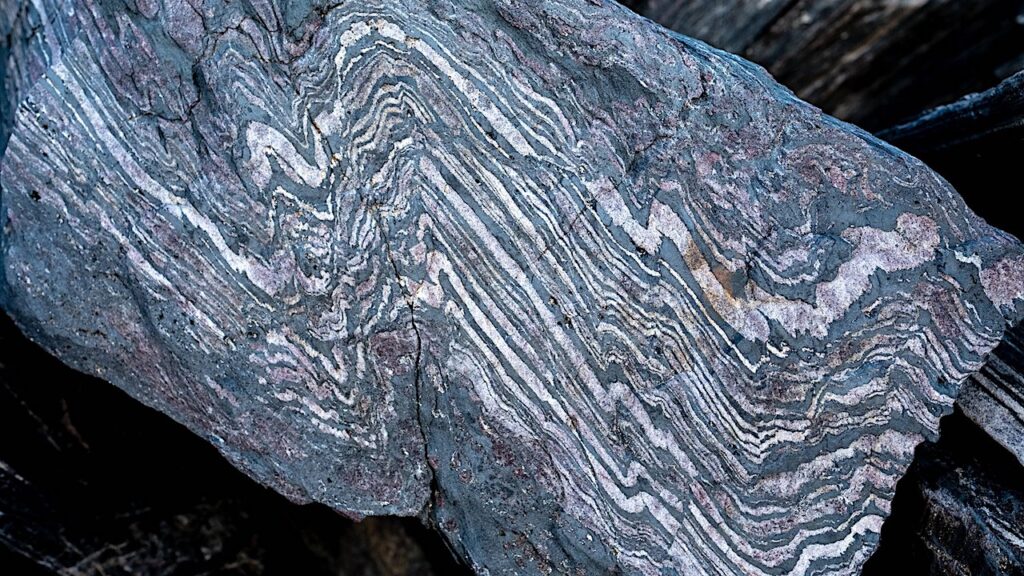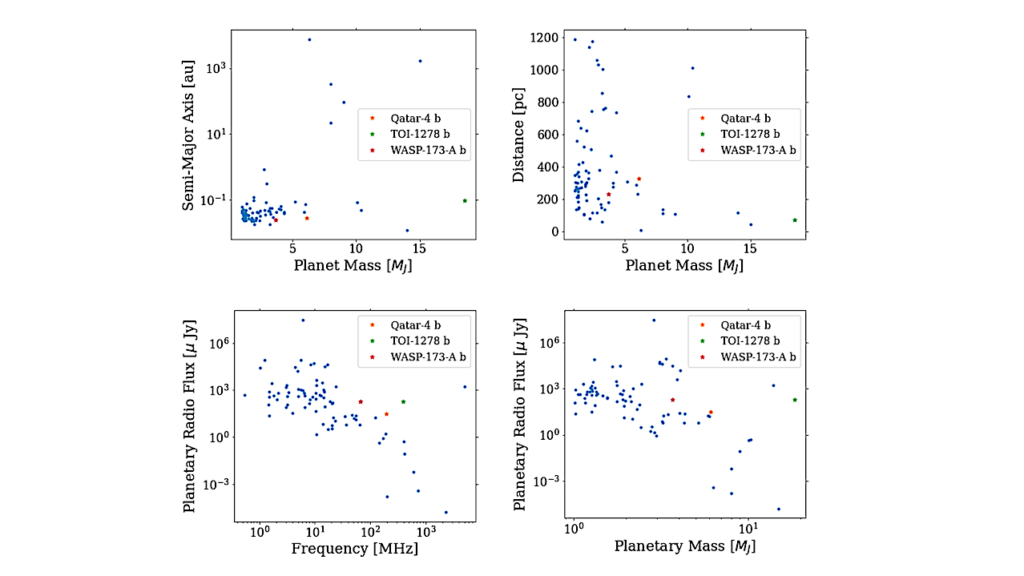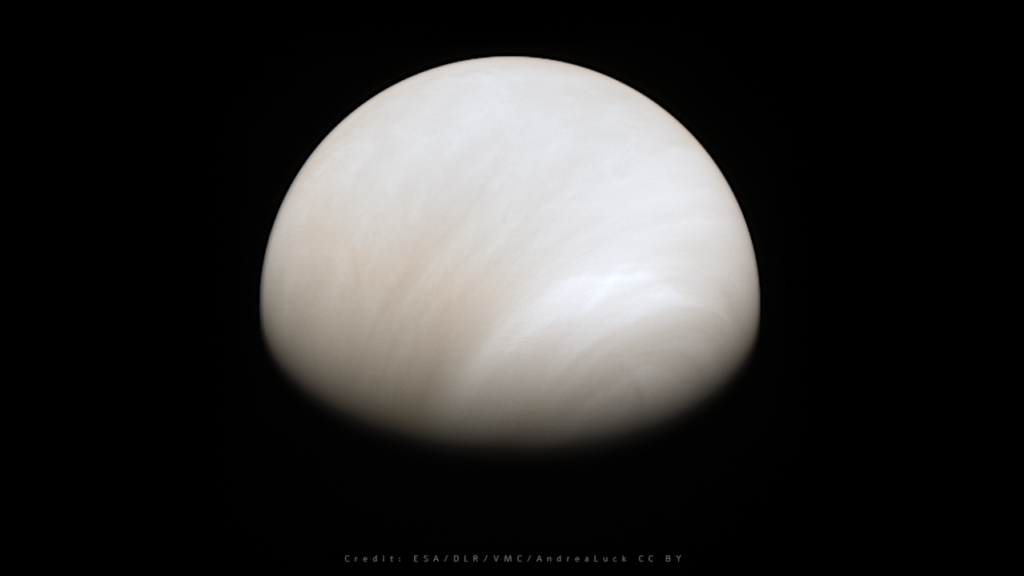Life Unknown: Preliminary Scheme for a Magnetotrophic Organism

Life Unknown: Preliminary Scheme for a Magnetotrophic Organism.
The reason for this is likely related to the general weakness of Earth´s magnetic field compared to other available energy sources, such as chemical and light energy. We have previously compared the amount of energy that could be gained from a magnetic field with the amount extractable from light and chemical sources [1,2]. We calculated that the Earth’s magnetic field could produce 3 × 10−11 eV per unit charge from the Lorentz force, which is about 11 orders of magnitude lower than the energy that can be obtained from a chemoautotrophic reaction or a photon on Earth.
However, there are stellar bodies with much stronger magnetic fields such as neutron stars or magnetars. The magnetar SGR 1806-20, for example, has been reported to have a magnetic field strength of about 1015 Gauss, or 1011 T [3], which is nearly sixteen orders of magnitude larger than Earth´s magnetic field. Whether any life could originate and persist in such strong magnetic fields is unknown and, of course, highly speculative. However, for organisms originating and evolving under those conditions, magnetic fields of such a strength would have profound effects on biology and the functioning of a cell [4]. The quantity of energy available on an exoplanet in orbit around a magnetar such as SGR 1806-20 would likely be favored over both chemical and light energy, especially if those sources of energy are limited.
The purpose of this paper is to flush out the possibility with some concrete examples of how biomagnetism could be harvested for energy production.
by Dirk Schulze-Makuch Louis N. Irwin
Life Unknown: Preliminary Scheme for a Magnetotrophic Organism, Life (open access)
Astrobiology








